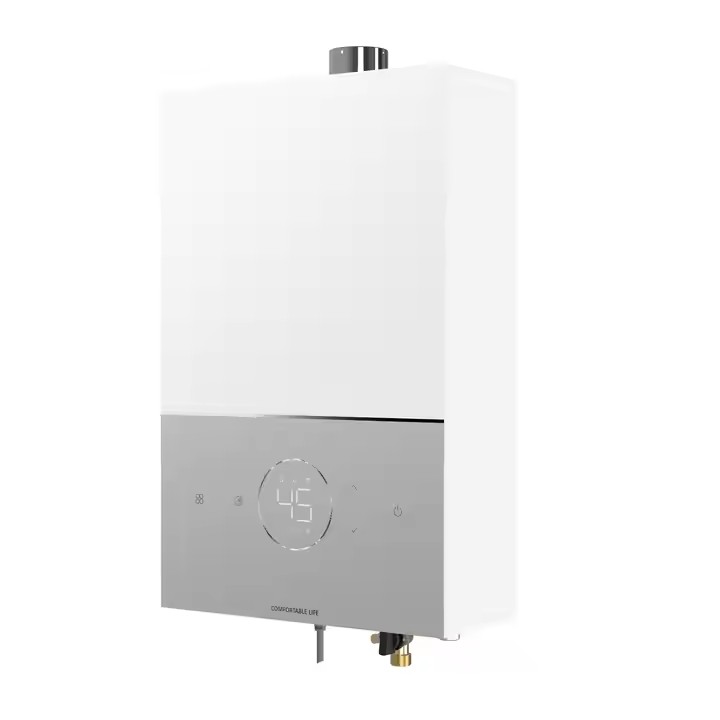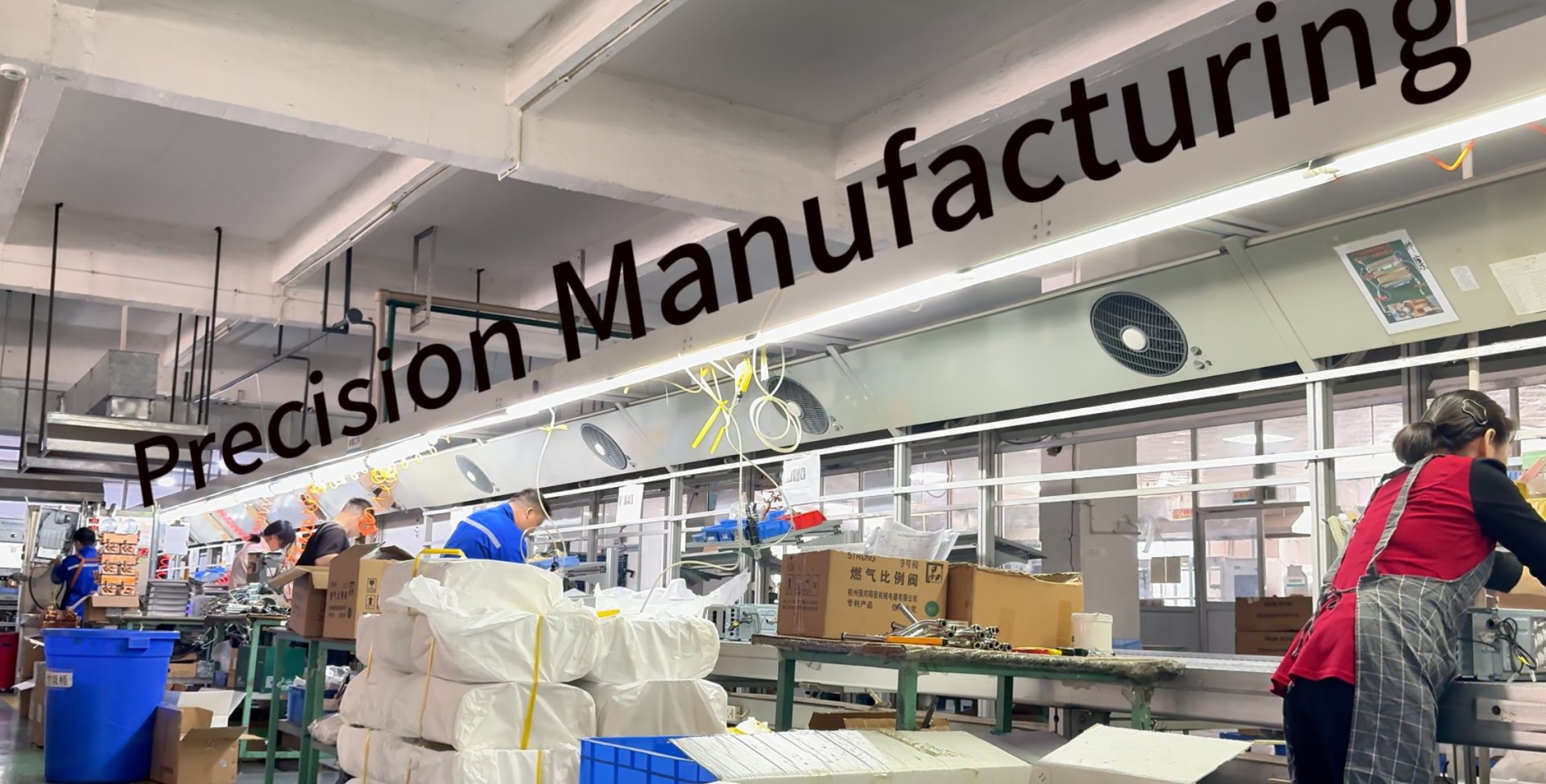Un intercambiador de calor de acero inoxidable tiene varias ventajas que pueden convertirlo en una mejor opción en muchos casos, pero también tiene algunos inconvenientes potenciales en comparación con otros materiales:
Ventajas
- Resistencia a la corrosión: Stainless steel is highly resistant to corrosion, which is one of its most significant advantages. In gas water heaters, the heat exchanger is constantly exposed to water, and over time, water can cause rust and corrosion in less – resistant materials. Stainless steel can withstand the corrosive effects of water, including hard water with high mineral content, much better than materials like copper or mild steel. This extends the lifespan of the heat exchanger and reduces the need for frequent replacements. For example, in areas with very hard water, a copper heat exchanger may start to show signs of pitting and corrosion after a few years, while a stainless – steel one can remain in good condition for a decade or more.
- Durabilidad y resistenciaEs un material duradero con buena resistencia mecánica. Soporta las tensiones térmicas y los cambios de presión que se producen durante el funcionamiento de un calentador de agua a gas. La robustez del acero inoxidable lo hace menos propenso a fugas o grietas debido al desgaste normal, lo que proporciona un rendimiento más fiable a largo plazo.
- Higiene: Stainless steel is non – porous, making it less likely to harbor bacteria, mold, or other contaminants. This is especially important in applications where the water being heated is used for domestic purposes such as bathing, washing dishes, and drinking (if properly treated after heating). It helps maintain the cleanliness of the water passing through the heat exchanger.
- Resistencia a altas temperaturasEl acero inoxidable ofrece un buen rendimiento a altas temperaturas, lo cual es crucial para el funcionamiento eficiente de un calentador de agua a gas. Puede transferir el calor eficazmente sin degradarse ni perder su integridad estructural al exponerse a los gases a alta temperatura producidos por la combustión del calentador.
Desventajas
- Heat conductivityEn comparación con el cobre, excelente conductor del calor, el acero inoxidable presenta una conductividad térmica menor. Esto significa que podría no transferir el calor con la misma rapidez o eficiencia. Por lo tanto, un intercambiador de calor de acero inoxidable podría requerir un diseño con mayor superficie o una geometría más compleja para lograr el mismo nivel de transferencia de calor que un intercambiador de calor de cobre, lo que puede aumentar el tamaño y el costo del calentador de agua.
- CostoLos intercambiadores de calor de acero inoxidable suelen ser más caros de fabricar que los fabricados con materiales como el cobre o el acero dulce. El mayor coste de la materia prima, sumado a la mayor complejidad de los procesos de fabricación en algunos casos, se traslada al consumidor, lo que encarece inicialmente la compra de calentadores de agua a gas con intercambiadores de calor de acero inoxidable.
In conclusion, a stainless – steel heat exchanger offers excellent corrosion resistance, durability, hygiene, and high – temperature performance. However, its relatively lower heat conductivity and higher cost are factors to consider. If you live in an area with corrosive water or high humidity, or if you prioritize long – term durability and hygiene, a stainless – steel heat exchanger is likely a better option. But if cost and maximum heat transfer efficiency are your top concerns, other materials might be more suitable.




